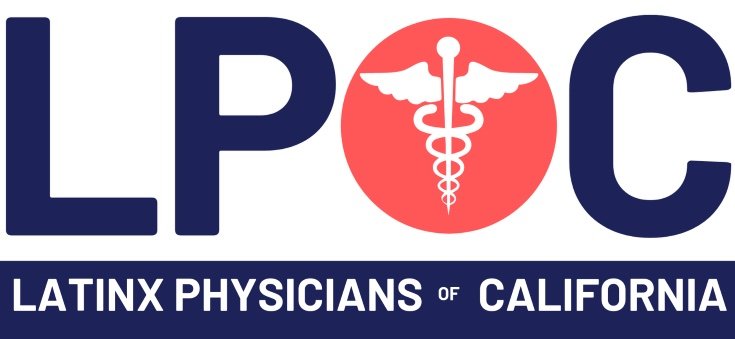UCLA Report: Improvement Needed in Latina Physician Representation
UCLA Report: Diversity in the physician workforce can help build health equity for increasingly diverse and multiracial populations, yet the shortage of Latina/o/e physicians has worsened over time.1
Race, ethnicity, gender, and socioeconomic status can influence characteristics of patient-physician interaction and practice patterns. Physicians of Black, Native American, and Latina/o/e origin are more likely to practice in areas federally designated as medically underserved.2 For Spanish-speaking Latina/o/e patients, additional implications for health care quality and access can result when the number of Spanish-capable Latina/o/e physicians is insufficient.3
Studies of the representation patterns of Latina/o/e medical students, residents, and physicians have thus far focused on these groups as a whole. Studies also suggest that although women physicians bring value to medicine, women of color are especially underrepresented in medicine.
